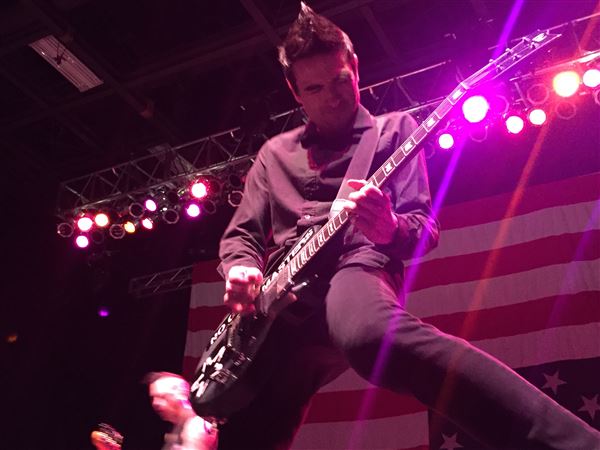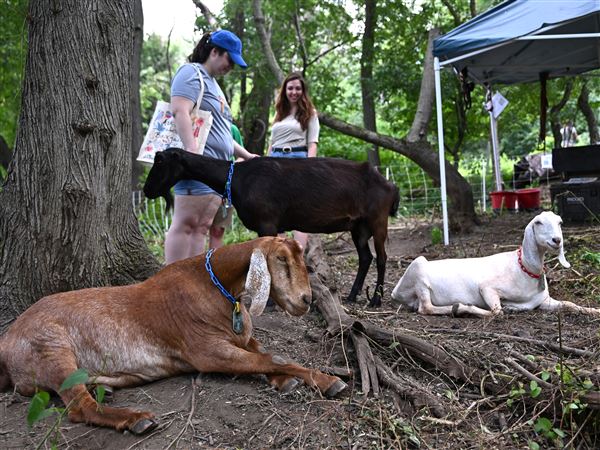WARREN, Vt.
WATCHING the sun rise from atop the Sugarbush resort here in central Vermont almost felt like stealing. The lifts were not yet moving. Thousands of feet below, near the base lodge, the first employee cars were turning into the parking lot. In every direction, every trail was pristine and unspoiled: a boundless, smooth, white blanket.
It was just past 7 a.m., and like a powder poacher or the resort owner, I was claiming first tracks. It had hardly been a difficult ascent to the summit churning up the mountain inside the warm cabin of a 12-seat snowcat equipped with a flat-screen television.
Sugarbush bought and refurbished the snow cat last year and quickly introduced a rare experience in the Eastern United States: cat-access skiing and riding. Letting people up the mountain at dawn to experience the place in its most natural state -- for $75 a ticket -- is just one example of the money-making ways in which resorts are looking beyond traditional means to pique their customers' interests.
It is no longer simply about fast lifts and abundant snow-making because all the top resorts are expected to have those.
"People want and respond to new adventures," said Win Smith, the owner of Sugarbush. "So, yes, the snow and the terrain is your essential core appeal, but you see people's eyes light up when you offer something unexpected."
Sugarbush is so vested in these kind of adventure experiences, it has its own adventure specialist, John Egan, the onetime extreme skiing film celebrity. Mr. Egan, who along with his brother, Dan, was a fixture in Warren Miller's ski films 20 years ago and who has made first descents on peaks from Greenland to Siberia, does more than lead outback and backcountry tours. He has come up with overnight and mountaineering classes and camps for adults and children.
Mr. Egan directs a weekend adventure program that focuses on safe exploration techniques like snow evaluation, shelter building, group leadership, decision making, backcountry rescue and first aid. The camps, clinics and tours can cost from $70 to $1,370, depending on the amount of time committed (a day or several successive weekends), and are generally offered to advanced skiers and snowboarders. Bookings, Mr. Egan said, have tripled since the program was first offered, three years ago.
"People are starting to realize that they don't have to go to the Himalayas for a mountaineering experience," he said. "You can do a lot of the same things in Vermont, New Hampshire or upstate New York.
"And people want to wrestle with their fears of an unknown environment. That's how we got started at Sugarbush. I had parents say to me, 'We're worried about our kids getting lost or hurt in the woods.' So we said, 'O.K., let's take the kids into the woods and teach them how to orient themselves, how to get comfortable and how to build a snow cave.' We slept overnight on the mountain. We broke down their fears of the unknown."
At first some thought it was an idea too extreme for children as young as 8. "Instead we have those kids coming back to have their birthday parties on the mountain," said Mr. Egan, who lives near Sugarbush.
Adventure-theme programs have been gaining in popularity across the country. They are a blossoming category and are much more than the once novel, right-of-passage helicopter-skiing trip.
At Jackson Hole in Wyoming there is not only cat-accessed skiing but now snow kite boarding as well. You start with small kites and work your way to bigger ones, and it is open to beginners.
At Telluride in Colorado there are a host of programs like ice climbing on frozen waterfalls, including a half-day class for beginners. The nonprofit Keystone Center, also in Colorado, offers a two-day winter camp for children 13 to 17 that practices "leave no trace" principles while cross-country skiing, building a winter camp and studying snow science.
The Wasatch Mountains in Utah are crawling with guided winter adventure tours offering all these bells and whistles and are also home to split-boarding tours. (Split boards are snowboards that divide into two skis so riders can make a mountain ascent on skis fitted with climbing skins, an easier way than carrying a snowboard up on your back. At the top you put the split-board back together and ride your way down.)
"This entire movement is not about taking risks either," Mr. Egan said. "It's about doing something different. It probably started with the snowboarding movement, and it's been accelerated by the X Games broadcasts. So it's trying something new, but it's still healthy, and it's great exercise.
"And you don't have to do it nonstop. It's something to break up the traditional resort visit. And you know what? When you get back to the in-bounds territory or a groomed run, you'll be a better skier or rider as well."
It's not, however, always about roughing it or testing your fitness level. At Sugarbush, as at other resorts with cat-accessed skiing, the snowcat is used to ferry diners up to the mountain for candle-lit, fireside dinner parties at a rustic wood lodge. The excursions are made on full-moon nights or for private or corporate parties of eight or more. The full-moon trips give diners the option of skiing down after their meal if they are so brave.
The cat is used for children's parties and sunset trips to the summit as well, a popular choice with couples. At Sugarbush in April, when the lifts stop running at Mount Ellen -- the tallest of six peaks at the resort -- the cat is used for group bookings of skiers and riders who want to take advantage of the plentiful spring snow stashes. Again, there won't be any crowds. The cat runs until the snow melts.
"The whole idea has proved to be very popular," Mr. Smith said. "We often have waiting lists. I think people like doing something unusual that gives them a story to tell when they go home."
I did not wait that long. That morning on the mountain, knowing that a friend was rising for another day of work, as I rode the cat up Sugarbush for my second run down unblemished slopes, I took a picture of the sunrise and sent it with a message: "Great view at the top right now. Which of these 101 untracked trails should I choose?"
Sending that message was fun. It was nearly as much fun as watching the parking lot begin to fill up from a mid-mountain plateau. Then, with the lifts still motionless, I made my way down in no particular hurry, enjoying the quiet and the liberating feeling that my path was mine alone to choose. It was like making the first slice in the frosting of a flawless, white birthday cake.
And at the bottom, smiling, red-cheeked and a bit frosted by snow, I entered the lodge, where a few dozen people were unloading bags and putting on boots. Their eyes turned in my direction with one unifying expression: "How did he get up there already?"
It still felt like stealing. I decided I could get used to it.
First Published: February 19, 2010, 7:00 a.m.














